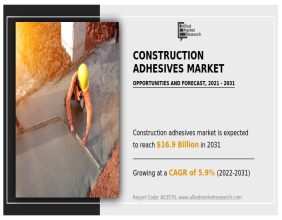Highlights
- Hydrogen delivery deals strengthen European clean energy ties
- CO₂ technology gains momentum through key industrial collaboration
- Focus on cost control and long-term growth through 2030
Despite a challenging macroeconomic environment and shifting investor sentiment in early 2025, Provaris Energy Ltd (ASX:PV1) continues to make notable progress across its hydrogen and carbon dioxide (CO₂) shipping initiatives. The company’s latest update reflects a disciplined and innovation-driven approach to advancing low-emission transport solutions in Europe and beyond.
Building Hydrogen Bridges to Germany
A major development on the hydrogen front is the signing of a Term Sheet with Uniper Global Commodities and a Nordic hydrogen supplier. This agreement covers the annual delivery of 42,500 tonnes of compressed hydrogen to Germany—positioning Provaris Energy (ASX:PV1) at the heart of Europe's clean energy transition.
The company is also evaluating a second hydrogen supply chain between Norway and Germany, with offtake discussions currently ongoing. Notably, compressed hydrogen is attracting considerable attention from German utilities, particularly due to its cost-effectiveness and energy efficiency compared to other formats such as ammonia or liquefied hydrogen.
Given that Norway’s hydrogen qualifies as ‘green’ under European Union regulations, Provaris targets a delivered cost of €6–7/kg—significantly lower than Germany’s domestic production benchmark of over €9/kg. This competitive pricing could play a key role in scaling the hydrogen economy across the region.
Advancing CO₂ Solutions Through Industry Partnership
In the CO₂ segment, the company is seeing momentum from its partnership with energy infrastructure operator Yinson Production AS. Under their joint development agreement, Provaris (ASX:PV1) is now in Phase 2 of creating a bulk-scale liquid CO₂ tank, expected to generate revenue of up to US$500,000 within the financial year.
This collaboration also positions the company to tap into the European Union’s ambitious carbon transport goals, which include moving 170 million tonnes of CO₂ annually by 2050. Meeting this demand would require up to 200 new carriers and around US$30 billion in investment—opening a sizable market opportunity.
Capital Efficiency and Vision for 2030
Cost management remains a central focus. The company has resumed its hydrogen prototype project in Norway, aimed at licensing and regulatory validation by 2025. Alongside these efforts, cost-reduction measures are in place, including a voluntary share-based compensation plan for executives, unlocking approximately A$150,000 in working capital.
Looking ahead, Provaris (ASX:PV1) maintains its strategic 2030 vision: enabling 1.5 gigawatts of hydrogen supply capacity and transporting 250,000 tonnes annually using a fleet of 10–15 H₂Neo™ carriers. Its CO₂ initiatives, aligned with European decarbonisation goals, add further value and resilience to its long-term strategy.




